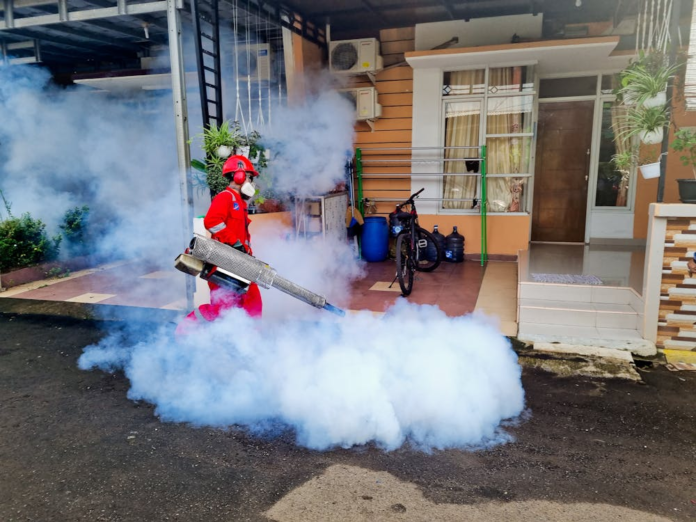Termites and mice are two of the most destructive pests that can invade your home, causing significant damage and posing health risks. Termites, often dubbed “silent destroyers,” can compromise the structural integrity of buildings, while mice can spread diseases and cause extensive damage through their gnawing habits. Effective pest control measures for both termites and mice are essential for maintaining a safe and healthy living environment.
Understanding Termites
Types of Termites
There are three primary types of termites: subterranean, drywood, and dampwood. Subterranean termites build colonies in the soil and are the most destructive, often causing extensive damage to homes. Drywood termites infest dry wood and can be found in furniture and structural timber. Dampwood termites prefer moist wood and are usually found in decaying wood structures.
Signs of Termite Infestation
Early detection is crucial in termite control. Common signs of termite infestation include:
- Mud tubes on exterior walls, wooden beams, or in crawl spaces.
- Discarded wings near windows or doors.
- Hollow-sounding wood when tapped.
- Frass (termite droppings) that resemble sawdust.
- Buckling wood or swollen floors and ceilings.
Effective Termite Control Methods
Chemical Treatments
Chemical treatments are widely used in termite control. These include:
- Liquid Termiticides: Applied to the soil around the foundation, creating a barrier that termites cannot cross.
- Termite Baits: Placed in the ground around the home, attracting termites to feed on them, which then carry the poison back to the colony.
- Wood Treatments: Surface sprays, injected sprays, and foams can be used directly on wood to kill and repel termites.
Non-Chemical Treatments
Non-chemical treatments are gaining popularity due to their environmental benefits. These include:
- Physical Barriers: Installing physical barriers such as stainless steel mesh or sand during construction can prevent termite entry.
- Biological Control: Introducing natural predators like ants or nematodes that prey on termites.
- Heat Treatment: Raising the temperature in infested areas to a level that is lethal to termites.
Preventive Measures for Termites
Prevention is better than cure when it comes to termites. Key preventive measures include:
- Reducing moisture levels around the home by fixing leaks and ensuring proper drainage.
- Removing wood-to-soil contact by using concrete supports for wooden structures.
- Storing firewood and other wooden materials away from the home.
- Regular inspections by a professional pest control service.
Understanding Mice Infestation
Signs of Mice Infestation
Mice are nocturnal and elusive, but signs of their presence include:
- Droppings around food packages, in drawers or cupboards.
- Gnaw marks on furniture, walls, and food containers.
- Nests made of shredded paper or fabric.
- Scratching noises in walls or ceilings at night.
Effective Mice Removal Methods
Trapping
Trapping is one of the most common methods for mice removal. Types of traps include:
- Snap Traps: These are traditional traps that kill mice instantly.
- Live Traps: These capture mice alive for release far away from the home.
- Glue Traps: These traps capture mice by immobilizing them on a sticky surface.
Poison Baits
Poison baits can be effective but must be used with caution due to the risk to pets and children. Always place baits in tamper-proof bait stations.
Professional Pest Control
In severe cases, professional pest control services can provide more effective and comprehensive solutions, including sealing entry points and using advanced trapping and baiting techniques.
Association Between Termite Control and Mice Removal
Structural Integrity and Entry Points
Termite damage can compromise the structural integrity of a home, creating entry points for mice. Mice can squeeze through gaps as small as a quarter of an inch, and termite-damaged wood often provides such openings. Therefore, addressing termite damage promptly can reduce the likelihood of mice entering the home.
Shared Prevention Techniques
Both termites and mice are attracted to moisture and food sources. By implementing moisture control measures and maintaining a clean environment, you can simultaneously reduce the risk of both termite and mice infestations. Additionally, sealing cracks and crevices in the foundation, walls, and roof can prevent entry by both pests.
Integrated Pest Management (IPM)
An integrated pest management approach is highly effective in dealing with both termites and mice. IPM combines multiple control methods and emphasizes prevention, regular monitoring, and using the least toxic control methods. For example, regular inspections can identify early signs of both termite and mice infestations, allowing for prompt and targeted interventions.
Conclusion
Effective termite control and mice removal requires a combination of preventive measures, monitoring, and treatment strategies. By understanding the behaviors and signs of these pests, homeowners can take proactive steps to protect their properties. An integrated approach that addresses both termites and mice not only helps in maintaining a pest-free home but also ensures a safer and healthier living environment. Regular professional inspections and treatments, combined with diligent preventive practices, are key to long-term pest control success.




